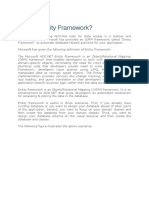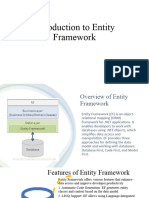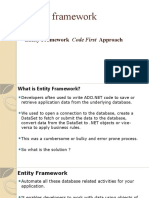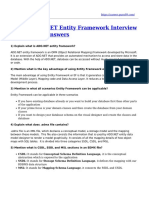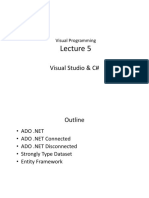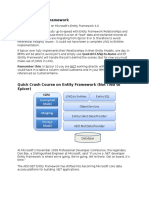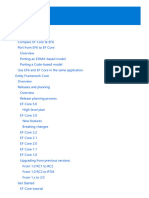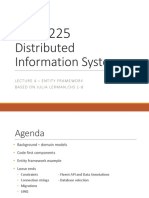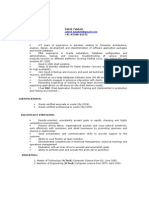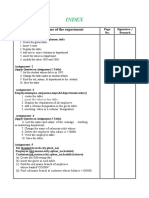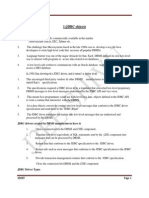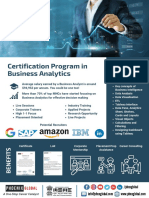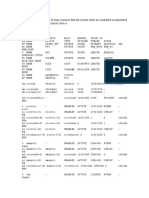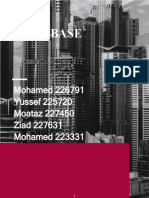0% found this document useful (0 votes)
11 views30 pagesEntity Framework - Part 1
This document provides an overview of using Entity Framework with Oracle Database in a software engineering lab setting. It covers the prerequisites, steps to create an Oracle connection in Visual Studio, and the process of creating an Entity Data Model. Additionally, it explains how to query data using LINQ to Entities and demonstrates how to fill a ComboBox with data from the database.
Uploaded by
aka32200Copyright
© © All Rights Reserved
We take content rights seriously. If you suspect this is your content, claim it here.
Available Formats
Download as PDF, TXT or read online on Scribd
0% found this document useful (0 votes)
11 views30 pagesEntity Framework - Part 1
This document provides an overview of using Entity Framework with Oracle Database in a software engineering lab setting. It covers the prerequisites, steps to create an Oracle connection in Visual Studio, and the process of creating an Entity Data Model. Additionally, it explains how to query data using LINQ to Entities and demonstrates how to fill a ComboBox with data from the database.
Uploaded by
aka32200Copyright
© © All Rights Reserved
We take content rights seriously. If you suspect this is your content, claim it here.
Available Formats
Download as PDF, TXT or read online on Scribd
/ 30



